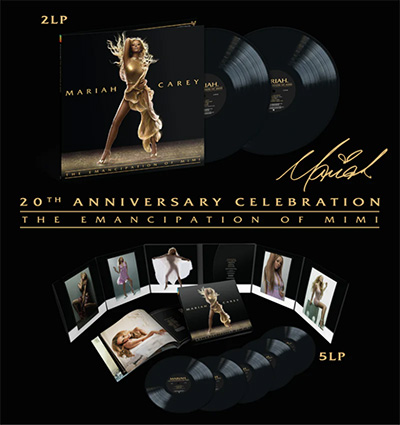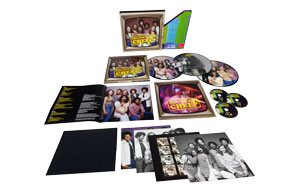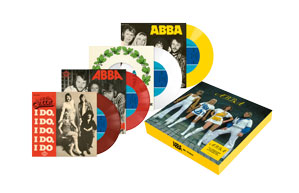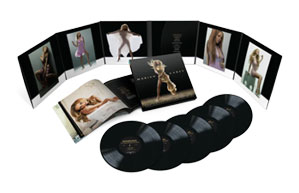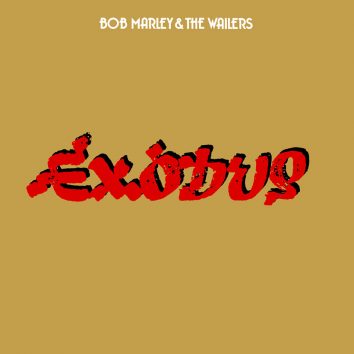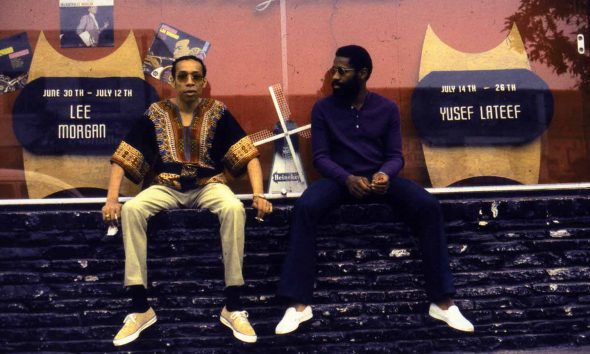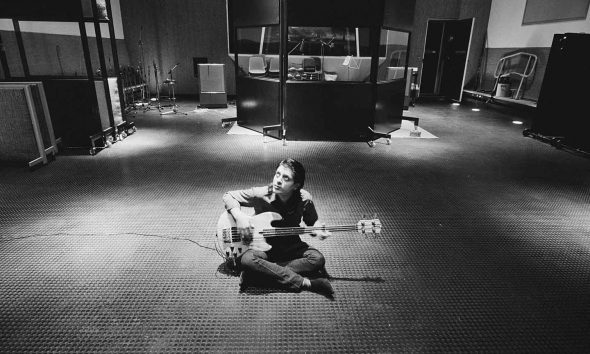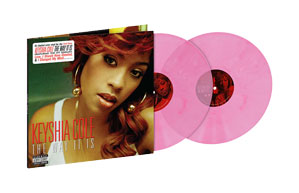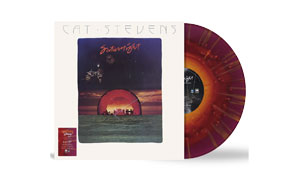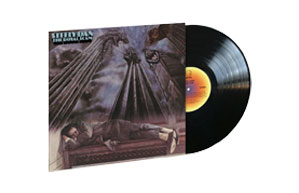Amy Winehouse, Elton John, And More Selected For National Recording Registry
Recordings by Steve Miller Band and Mary J. Blige were also chosen.

25 new recordings are set to enter the National Recording Registry, administered by the Library of Congress. The list includes works by Amy Winehouse, Elton John, Miles Davis, Tracy Chapman, Mary J. Blige, Celine Dion, Steve Miller Band, and more.
John enters the Registry with his iconic 1973 record Goodbye Yellow Brick Road. Elton and his longtime songwriting partner Bernie Taupin were previously honored by the Library of Congress when they were awarded the 2024 Gershwin Prize for Popular Song.
The list notably features Winehouse’s second album Back to Black, released in 2006. Blige also enters with her sophomore album, 1994’s chart-topping My Life. The Steve Miller Band, meanwhile, are being honored for the 1976 album Fly Like An Eagle, which featured the number one hit “Rock’n Me.” Ultimately, the 25 chosen recordings represent the vast spectrum of popular music and sound, with 102 years between the oldest and most recent works.
Since 2000’s National Recording Preservation Act, 675 titles have been added to the Registry. The Librarian of Congress, with assistance from the National Recording Preservation Board, selects 25 titles each year that are “culturally, historically, or aesthetically significant.”
“These are the sounds of America – our wide-ranging history and culture. The National Recording Registry is our evolving nation’s playlist,” said Librarian of Congress Carla Hayden in a statement. “The Library of Congress is proud and honored to select these audio treasures worthy of preservation, including iconic music across a variety of genres, field recordings, sports history and even the sounds of our daily lives with technology.”
“I think the National Recording Registry is an artistic version of a nation’s conversation with itself,” 2025 inductee Lin-Manuel Miranda shared in his own statement. “Every piece of art that is made is both deemed timeless by the Library of Congress and also a product of its time. To listen to these recordings, to go back as far as the turn of the century, to the beginning of recorded sound to the present is to hear points in a timeline, to time travel.”





